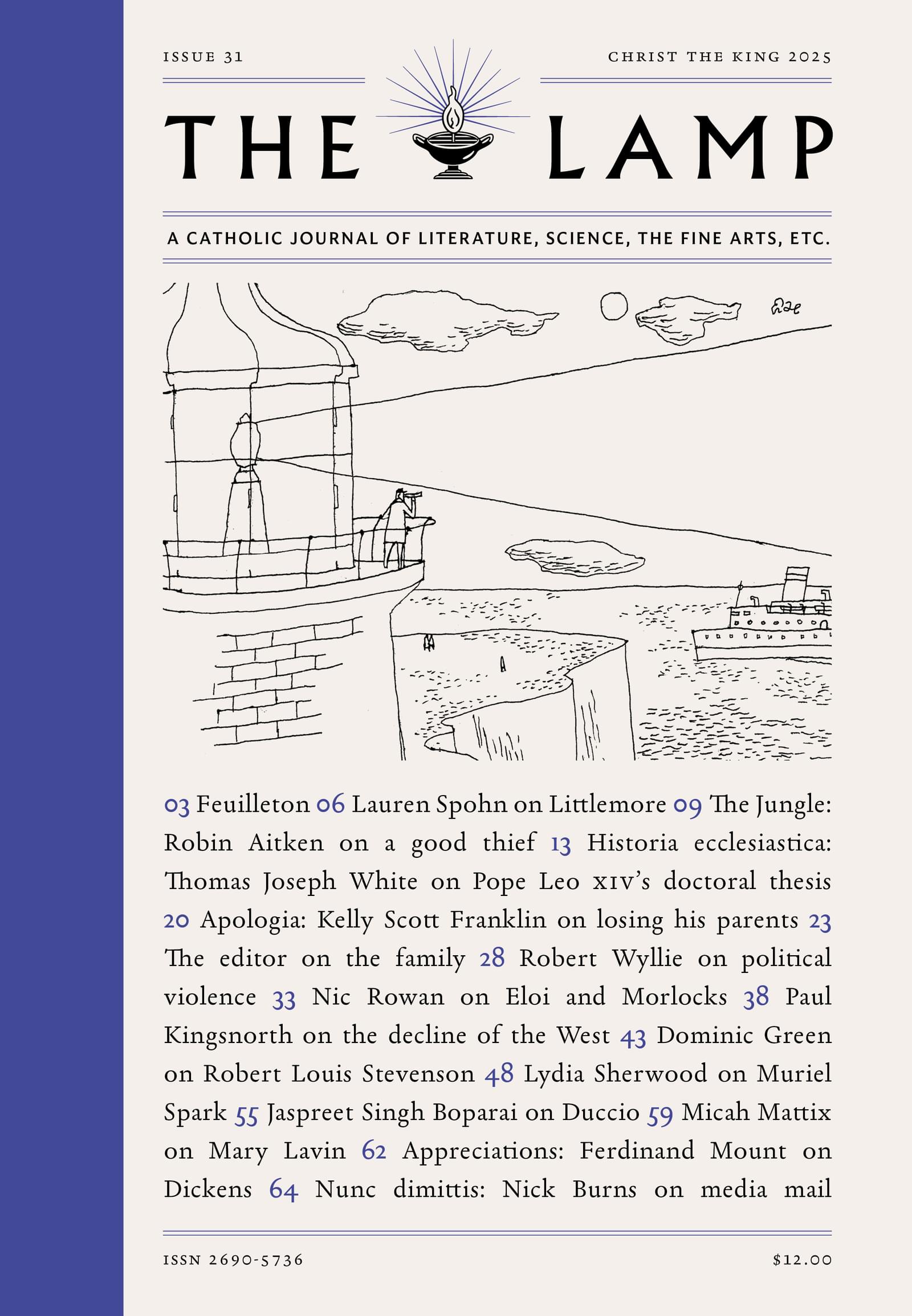Like many people living in South Louisiana, when I first heard the name Robert Francis Prevost, my mind jumped to other Prevosts in the area. They’re not nearly as prolific as Broussards, Arceneauxs, or Delahoussayes, but you see them from time to time.
Plenty of names still mark a person as belonging to one of the towns that sprang up here along the bayous as families migrated out of New Orleans in the eighteenth and nineteenth centuries, and plenty of them are still living in those towns today. But New France was a big place, and we’re used to hearing local names that match up with people from the opposite end of the continent. I figured this cardinal must be of French-Canadian stock, probably from Maine a generation or two back. If one of the Prevosts from around here had ever gotten a red hat, his family would have spread the word to every corner of Cajun country before he’d gotten off the phone with the pope.
So I was as surprised as anyone when, in what seemed like an hour after he stepped out onto the balcony, the genealogists and church archivists in New Orleans had already established that the maternal line of Leo XIV led back to the center of Creole life in the city. In a surreal moment, we all learned that mother of the first pope born in the United States, Mildred Agnes (née Martínez) Prevost, the youngest of seven sisters and the only child born after her family moved from New Orleans to Detroit, was part of the diaspora of Creole people who chose to leave a city increasingly stratified in the wake of Jim Crow.
Today the term Creole is used in so many ways here that it’s hard even for locals to keep the intended meaning straight. You still hear about Creole tomatoes and Creole mansions, Creole dialects and Creole people— sometimes referring to communities of freedmen, slaveholders, enslaved people, or some combination of the three. The origins of the word go back to earlier colonial powers, the Spanish criollo and Portuguese crioulo, in both cases meaning “nativized” or “native-raised.” In this early sense, a Creole was someone who was neither indigenous to the continent nor a colonial settler but born in the New World.
While Creole originally referred to an elite class, its use quickly broadened to apply to all members of these new societies, both enslaved and free. Over the centuries, generations of intermarriage, plaçage, and forced concubinage gave rise to a complex web of communities with lineages that blended Spanish, French, indigenous, Caribbean, and West African roots. Spanning every social and economic class, and brought together under conditions that were marked by violence, these groups were united by a shared Catholic faith. The Holy Father’s family is part of this story, and his mother’s lineage includes many of these overlapping groups.
By the nineteenth century, in the period leading up to and immediately following the Civil War, Creole communities in New Orleans were actively resisting assimilation. When Mildred Martínez’s parents were living in the city, a vibrant network of Catholic and secular organizations still supported the life and work of Creole families. Catholic schools, members of religious confraternities and mutual aid societies, French language newspapers and citizen groups—all worked to preserve a way of life that was under threat and to advocate for the rights of citizens under a legal system that was increasingly defined by a binary racial code.
In the summer of 1892, a year after Pope Leo XIII issued Rerum novarum, the Creole political group Comité des Citoyens organized the protest that led to Homer Plessy’s arrest on a New Orleans streetcar. By 1896, Plessy v. Ferguson dealt the crucial blow from the highest courts to the Creole-led civil rights resistance. Catholic institutions in the city largely capitulated to the one-drop rule that institutionalized segregation, and many who had been classified at different times as white, black, and mixed race, including the Martínez family, chose to leave.
Pope Leo’s heritage might tell us a great deal about him. He comes from generations of families who, in the face of uncertainty, clung to the institutions of the Church, especially her educational institutions, and ordered their lives to serve the communities that made them possible. We see this in his older brother John’s role as a Catholic school teacher and principal and in the life of his parents. We know the Martínez daughters were all sent to Catholic schools and that two became religious sisters, a trend we see in going at least as far back as his mother’s grandfather.
Pope Leo said as much in a recent audience. “My own story is that of a citizen, the descendant of immigrants, who in turn chose to emigrate.” What his mother’s family emigrated from and what they immigrated to is a crucial part of this story. They chose to leave behind a home that had become fragmented by a system intent on building division but continued to put their faith in a Church that unifies. Their commitment to community had been tied for generations to a particular place but was not limited to that place.
Perhaps this background helped prepare Pope Leo to become a member of the Augustinian order and a missionary. Maybe, without fully knowing it, his choice to serve the Church in Peru, a place with its own very different Creole identities, continued a family story of serving a community in a place where the Church builds bridges between cultures. And as a son of Augustine, he bore witness to Her ability to reach out to the periphery and unite where the world divides.




